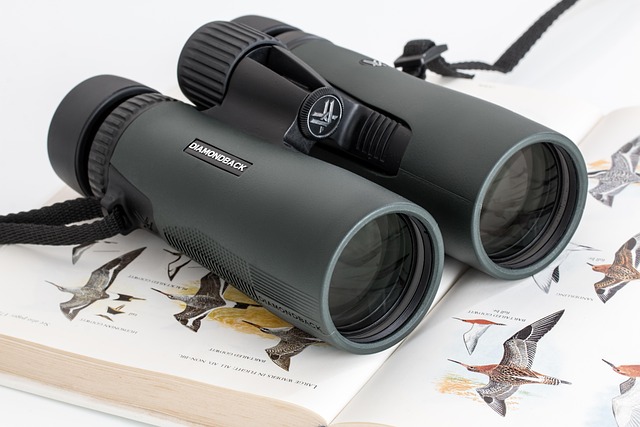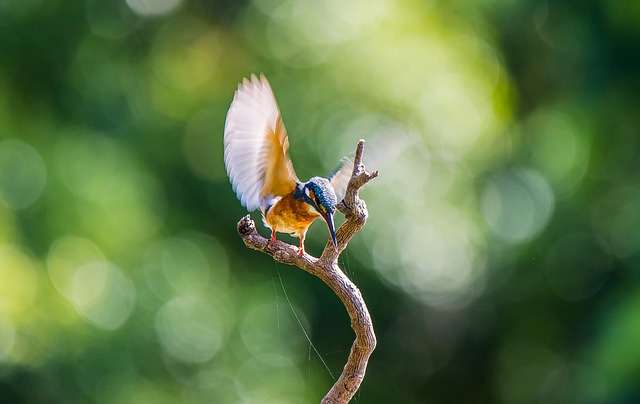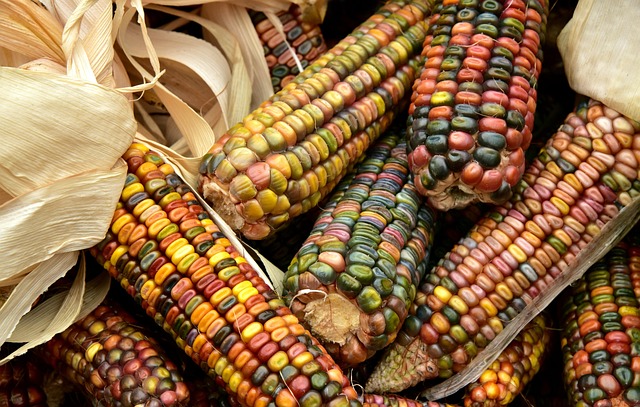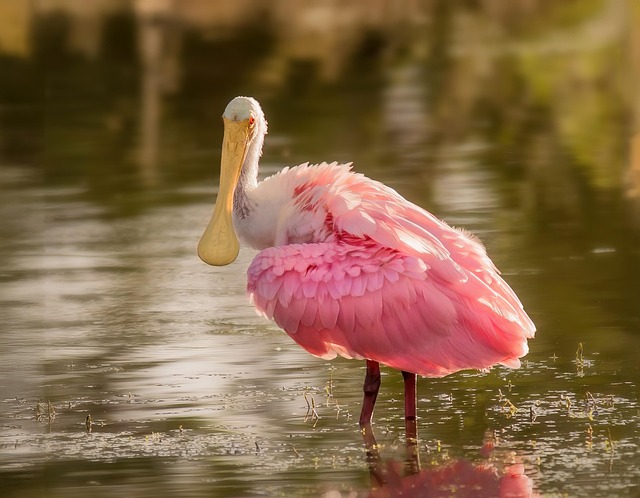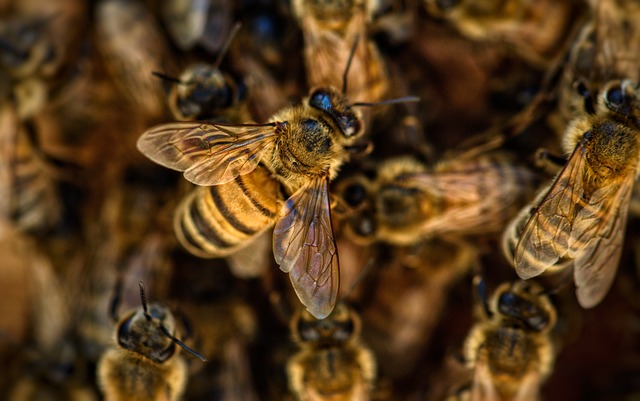Bird-friendly gardens in Lane County, Oregon, are vital for supporting local biodiversity and attracting diverse avian life through native plants, shelter, and water features. These gardens enhance ecosystem balance, provide aesthetic pleasure, and offer educational opportunities for bird watchers. With the help of organizations like OBOA, residents promote habitat preservation and participate in community initiatives to make Oregon a premier destination for bird watching.
Discover the beauty of bird-friendly gardens in Lane County, Oregon. This guide explores why these green spaces are vital for local ecosystems and how they enhance our outdoor experiences through birdwatching. Learn about the benefits of attracting birds to your garden, discover native plant species suitable for Oregon, and explore design elements that create welcoming habitats. Join community initiatives and resources to deepen your connection with nature and the rich birdlife of Lane County.
- Understanding Bird Friendly Gardens: Why They Matter in Lane County, Oregon
- The Benefits of Attracting Birds to Your Garden
- Planting for Birds: A Guide to Native and Adaptable Species in Oregon
- Creating Habitat: Design Elements for Welcoming Avian Friends
- Getting Involved: Community Initiatives and Resources for Birdwatching in Lane County
Understanding Bird Friendly Gardens: Why They Matter in Lane County, Oregon

Bird-friendly gardens are not just aesthetically pleasing; they play a crucial role in supporting and enhancing the local ecosystem, particularly for birds. In Lane County, Oregon, known for its lush landscapes and diverse avian life, creating bird-welcoming spaces is more than a hobby—it’s a contribution to the region’s rich biodiversity. These gardens provide safe havens for birds, offering food, shelter, and breeding grounds right in people’s backyards.
The importance of bird-friendly gardens extends beyond individual enjoyment of bird watching Oregon. They help preserve the natural balance by attracting and supporting various bird species, many of which are native to the area. By choosing native plants and creating habitats that mimic their natural environments, residents can contribute to the overall health of Lane County’s ecosystem, ensuring a vibrant future for both wildlife and natural landscapes.
The Benefits of Attracting Birds to Your Garden
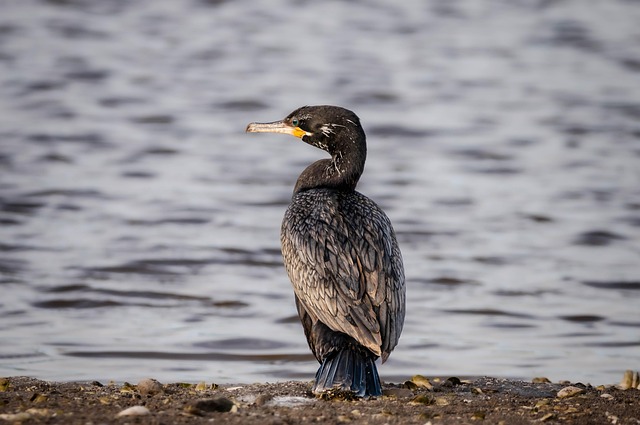
Attracting birds to your garden in Lane County, Oregon, offers a multitude of benefits that extend far beyond aesthetic pleasure for avid bird watchers. Birds play a crucial role in maintaining ecosystem balance by aiding in pollination, seed dispersal, and insect control. By creating a welcoming environment for these winged visitors, you contribute to the local biodiversity and support the health of your garden. Furthermore, observing birds up close enhances outdoor experiences, provides opportunities for education, and fosters a deeper connection with nature. This simple act of fostering bird-friendly habitats can transform your yard into a vibrant sanctuary teeming with life.
Planting for Birds: A Guide to Native and Adaptable Species in Oregon

Creating a bird-friendly garden in Lane County, Oregon, is an excellent way to attract feathered friends and enhance your outdoor space. When designing your garden, focus on selecting native plant species that provide food, shelter, and nesting opportunities for local bird populations. Oregon’s diverse ecosystem supports a wide range of avian species, from hummingbirds to woodpeckers and warblers.
For a successful bird-watching experience in your garden, consider plants like Oregon grape (Mahonia aquilifolia), salal (Gaultheria shallon), and various varieties of oak (Quercus spp.). These native plants not only attract birds but also thrive in the region’s climate, requiring minimal maintenance. Additionally, adding water features such as birdbaths or small ponds can further enhance your garden’s appeal to both birds and gardeners alike, making it a vibrant oasis for bird watching in Oregon.
Creating Habitat: Design Elements for Welcoming Avian Friends
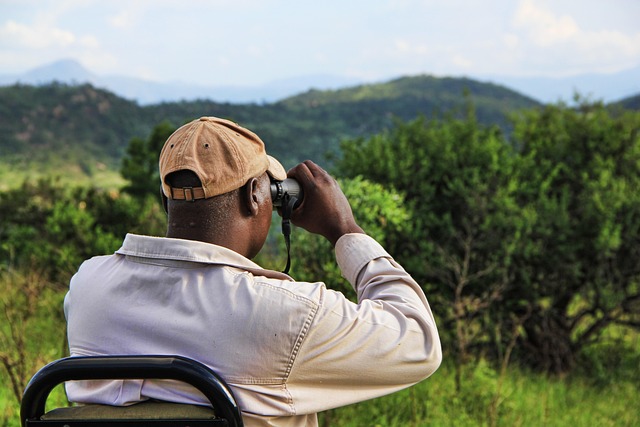
Creating a bird-friendly garden in Lane County, Oregon, involves designing spaces that cater to various avian needs, from nesting and perching to foraging and bathing. Incorporate diverse plant species with varying heights and structures to provide shelter and nesting opportunities for different bird types. Native plants are particularly attractive to local bird populations as they offer food sources that non-native flora may not provide.
Create water features such as birdbaths or small ponds to attract thirsty birds, ensuring the water is clean and refreshed regularly. Include areas with dense foliage for shelter from predators and open spaces where birds can scout for potential threats. By incorporating these elements into your garden design, you’ll be treated to a vibrant display of feathered friends engaging in bird watching Oregon-style, right in your own backyard.
Getting Involved: Community Initiatives and Resources for Birdwatching in Lane County
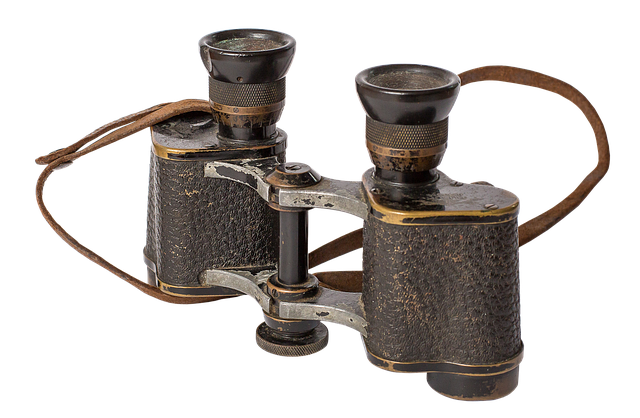
In Lane County, Oregon, a vibrant community of bird enthusiasts has come together to create and promote bird-friendly spaces. Local initiatives focus on educating residents about the importance of habitat preservation and providing resources for bird watching. Many organizations offer guided bird walks and workshops throughout the year, introducing beginners to the diverse avian life in the region. These events not only foster a deeper connection with nature but also encourage responsible gardening practices that support local birds.
The Oregon Bird Observers’ Association (OBOA) is a key player in this community, hosting regular meetings, field trips, and birding festivals. They collaborate with local parks, schools, and conservation groups to enhance bird habitats and raise awareness about threatened species. With their guidance, individuals can get involved by planting native species that attract birds, setting up feeders, and participating in citizen science projects, such as the Great Oregon Birding Trail, which invites birdwatchers to contribute to a comprehensive state-wide dataset on avian populations.

